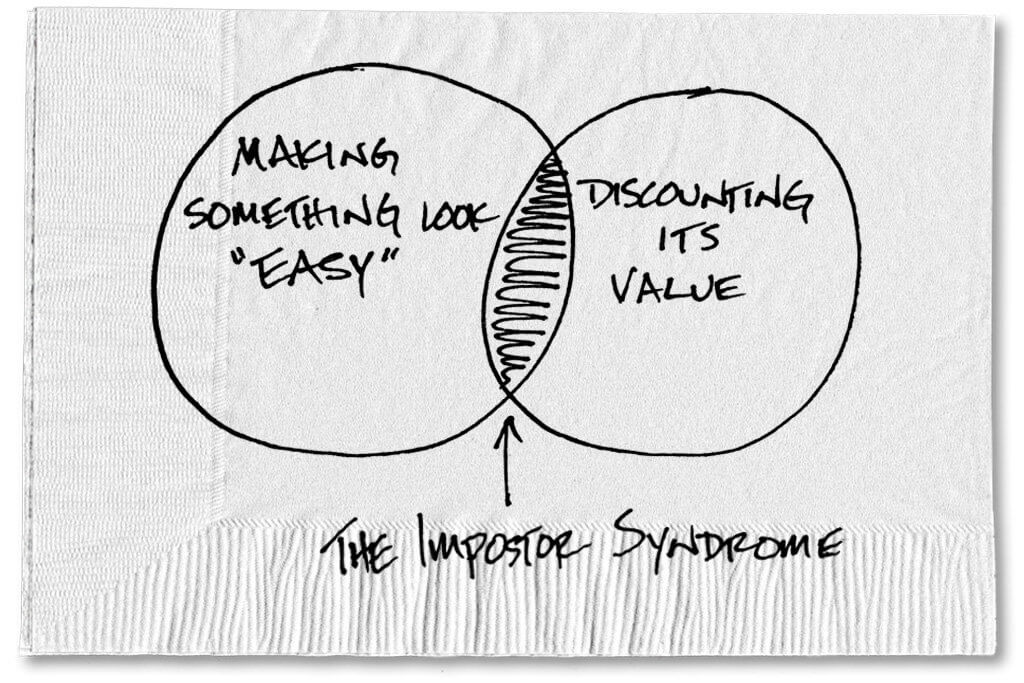Is the Price Right? How to Start Pricing Your Art to Sell

Pricing your art can seem like an impossible task, but with a few tips, you can easily price your work every time! Photo by Josh Appel on Unsplash
More...
Pricing your art can be a daunting task for many artists, whether you’ve been selling paintings for years or are about to make your first sale. Without a clear guide to pricing their art, artists run the risk of undervaluing themselves or setting their price too high and never selling work.
So how can you find the right price to confidently sell your work? To help you find the price that is best for your experience, field, and expertise, we’ve put together a few tips to help you find the pricing structure that appeals to clients, covers your costs and generates an income from your work.
As an artist, your work has value and understanding how to price it correctly can say a lot about your art. Follow these tips to help ensure your work sells to the right places and you begin to earn a salary!

The first step to properly pricing your art is to research what other artists in your field are charging for their work. (Photo by Bonnie Kittle on Unsplash)
Do Your Research
The first step to pricing your art correctly is to do some research. A quick google search can help you to find artists in your field and area, who have been selling work for a while, with skills comparable to your own. By looking at what these established artists are selling their work for, you can find a ballpark for your own work.
Now since these artists have been working in the field for a long time and are established, although your work may be at the same level as theirs, you must price your work slightly lower than theirs. Because you do not have the experience and years to back up your work, asking slightly less will make up for your inexperience in the field.
By finding artists who make a living at what you want do, you can find out how their pricing structure works and who their clients are. From there, you can begin to set your own prices and build a following with each piece that sells.

When calculating a price, artists must account for both the time invested and materials used. Photo by so flow on Unsplash
Calculate an Hourly Wage
Another simple way to set a price for a work of art is to give yourself an hourly wage. If you want to make $15 an hour at painting, and a piece took you 12 hours to make, you can multiply the hourly wage times the time taken, and find a fair number for pricing your art.
As you compile an hourly wage for your work, it is important to consider materials as well and add them to the price of the painting. This way you will be paid back not only for your time but for your materials used as well. The price should also reflect the size of the artwork, following the idea that a larger piece requires more time and materials than a smaller work.
Remember that this is a starting point for beginning artists. As time goes on, you can begin to raise your prices to reflect your skill and expertise, and then you will find yourself not only covering your costs but making a profit as well.

The Imposter Syndrome is all too common in artists.
Don't Undersell Yourself
One of the biggest issues that new artists face while pricing art is the imposter syndrome. This is the idea that because you are new to the creative field, you don’t have permission to ask money for your art. The feeling of being a fraud can be all too common in new artists. However, vanquishing this fear is the first step in setting the right price for your artwork.
Price and the way you speak about your art teaches your audience how to value your work. If you set your prices too low or allow people to bargain with you to lower your prices, this does not speak highly of your art. Why would potential clients value you if you don’t value your own time and work?
Price and the way you speak about your art teaches your audience how to value your work.
On the other hand, if you overprice your work and your skills and reputation don’t back up those prices, your work will never sell. If you are charging more for a less skilled piece than an artist who has been in the industry for years, yet you have never sold work, chances are that art will not sell.
Your pricing structure should reflect your skill and experience. Pricing your work appropriately will teach viewers how to value it as well, increasing your sales.

By following these tips, you can begin to confidently price your art. Photo by Igor Miske on Unsplash
Conclusion
Being confident about pricing your art can be difficult. However, if you carefully do your research, calculate an hourly wage, and value your work appropriately, you will see your work begin to sell.
It is important to value your art. As an artist, your work is meaningful and there are people who want and need your work. You just need to find your market, set your prices, and keep making quality work!
*Remember, every area is different, so make sure you are comparing your prices to local artists and artists in your field! The more specific the better.


